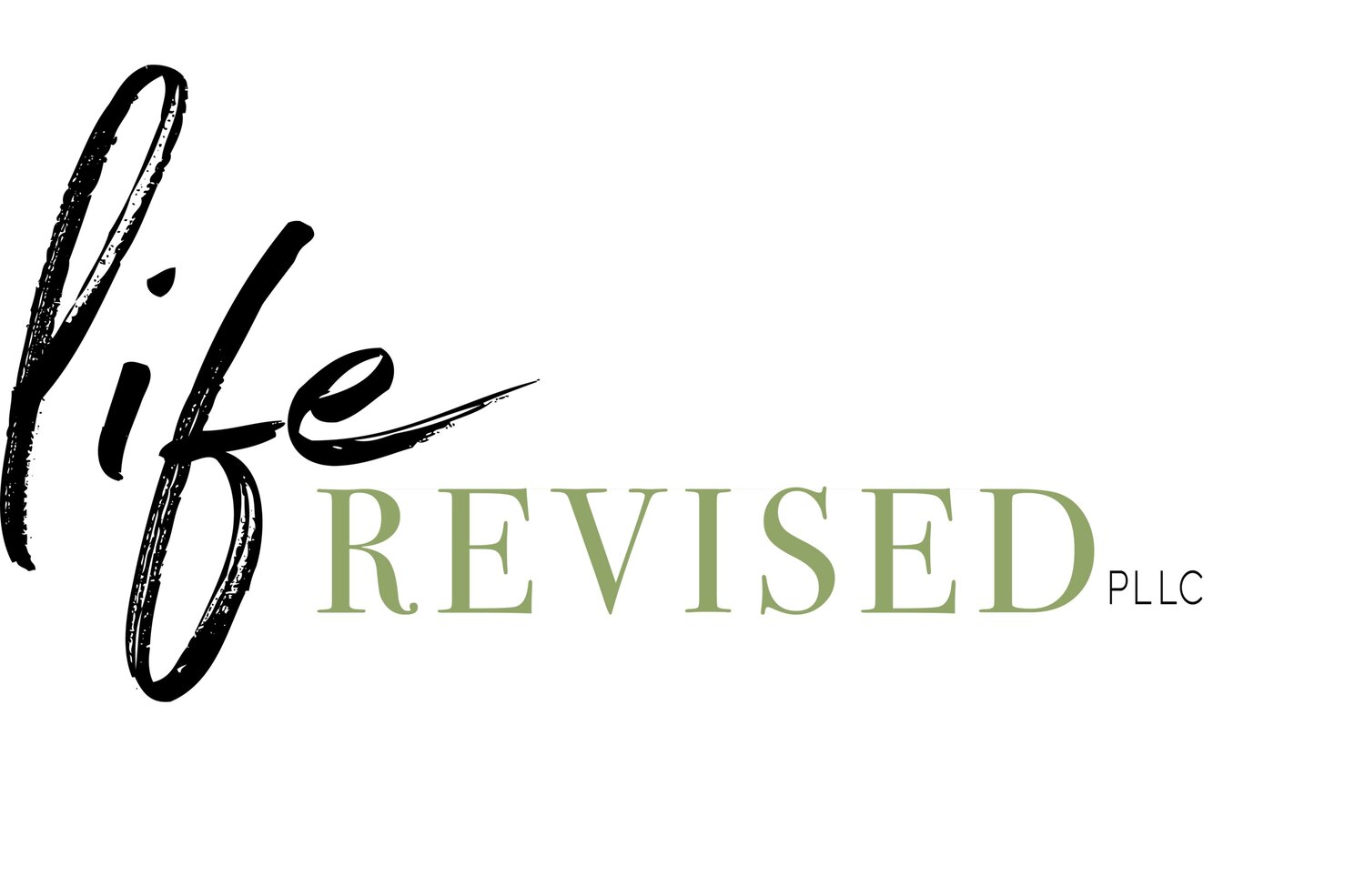The Big Reason You Are Stuck
Frustrated with yourself because you lost your temper again?
Are you freaking out because you procrastinated on that project and now you are down to the wire?
Are you dumbfounded wondering how you ended up taking that person back despite the fact that they keep hurting you?
It’s not you!
It’s your autonomic nervous system that is keeping you stuck from choosing better behavior. You can learn to navigate your nervous system to get unstuck and break those patterns.
How Your Nervous System Works.
First, thing first, your nervous system is actually trying to help you. In fact, it is your survival response.
When your body detects a threat your nervous system engages and your amygdala hijacks your brain and body in order to help you survive. A biochemical dump of hormones is released in your body. This causes a number of physiological changes such as rapid heart beat, increased body temperature, change in blood flow, shakiness, shallow breathing, and tense muscles in order to prepare your body to respond to the threat in a way that is most likely to lead to your survival. A part of your brain called the amygdala takes over and tells your body to fight, take flight, freeze or fawn in order to help you survive the threat. You don’t choose this or what mode your body goes in to, your body chooses for you. When this happens other functions that aren’t needed for survival shut down, including your prefrontal cortex which is the part of the brain in charge of problem solving and reasoning. This means you are physically unable to think logically and are instead compelled to engage in a fight, flight, freeze or fawn response instead.
Relax in 5 minutes or less.
Download the free guide to learn to turn off your survival response and relax.
Fight Mode.
If your brain decides that it can overpower the threat, you may go into fight mode. Fight mode is often associated with anger. It might feel like tense muscles, clenched fists, urge to hit something and desire to attack the source of danger. Your behavior may look like fighting, arguing, reckless driving, yelling, aggressive body language and tone, feel on edge or irritable, or crying in anger.
(Click here to read more on anger. “A Different Way to Think About Anger”)
Flight Mode.
If your brain decides that it can’t over power the threat, it may decide that it can survive by running away from the threat. This mode is often associated with the feeling of fear. Avoidance is the key behavior when in fight mode. This could look like procrastination, isolation, people pleasing to avoid conflict, staying busy, ignoring your problems and hyper-fixating on helping others.
“By processing information from the environment through the senses, the nervous system continually evaluates risk. I have coined the term neuroception to describe how neural circuits
distinguish whether situations or people are safe, dangerous, or life-threatening. Because of our heritage as a species, neuroception takes place in primitive parts of the brain, without our conscious awareness.”
― Stephen W. Porges
Freeze Mode.
If your brain decides that fighting or running away won’t help you survive, you may go into freeze mode. On a survival level this is similar to playing possum. Your body decides if you stay still maybe the predator will lose interest and leave. You may feel stuck, heavy like you can’t move, or may hold your breath. In freeze mode you may not take action. you may feel unable to speak up for yourself, feel numb, detached or dissociate, its hard to think straight or make decisions. Even though you have no control of your body going into this response people often feel guilt, shame or self-directed anger for not taking action while in the freeze response.
Fawn.
If the brain decides that fighting and fleeing won’t work, it may initiate the fawn response. This behavior is used to appease the threat or aggressor. It is a way to avoid conflict in order to ensure safety. This can look like perfectionism, people pleasing, not having boundaries, codependent behavior, feeling overwhelmed, lack of identity, self neglect, difficulty saying no, giving constant praise, hyper awareness of other people’s emotions, inability to identify your own feelings, being very helpful and feeling guilty after saying no.
(Click here to learn more about people-pleasing. “A Guide for those that Give and Rarely Get”)
As you can see there are uncontrollable, biological responses that cause you to behave in ways that keep you stuck in patterns that don’t serve you. However, there are ways that you can regulate your nervous system and move your body from being in fight or flight, survival mode into rest and digest safety mode. This makes it possible to access your prefrontal cortex and operate from logical reasoning and problem solving mode. Mindfulness can help you realize when that response has kicked in. Deep breathing, mediation, exercise, and other soothing behavior can send the message to your nervous system that it is safe to turn off survival mode. To learn more about the various methods to calm your nervous system, check out my online course, “The Emotional Wellness Toolkit” It is the ultimate self-care course.
Have you ever experienced fight, flight, freeze or fawn? How would you describe the experience? Tell us in the comments.
Disclaimer: The information provided in this blog post is for educational and informational purposes only. It is not intended to be a substitute for professional advice, diagnosis, or treatment. Always seek the advice of your therapist or other qualified healthcare provider with any questions you may have regarding a medical or mental health condition. Never disregard professional advice or delay in seeking it because of something you have read in this blog post. The author and publisher of this post are not responsible for any actions or inaction you may take based on the information presented in this post.
































